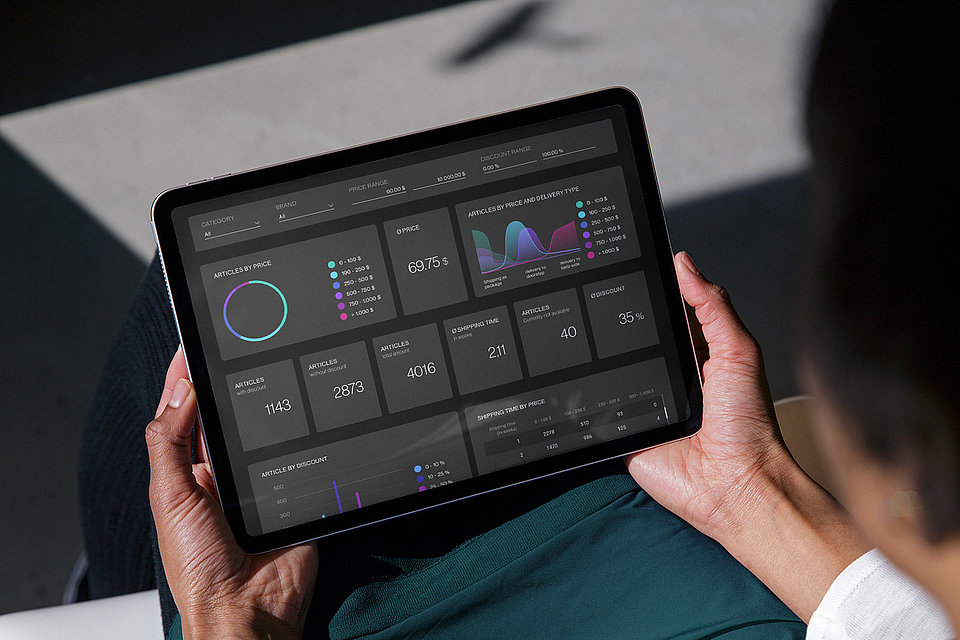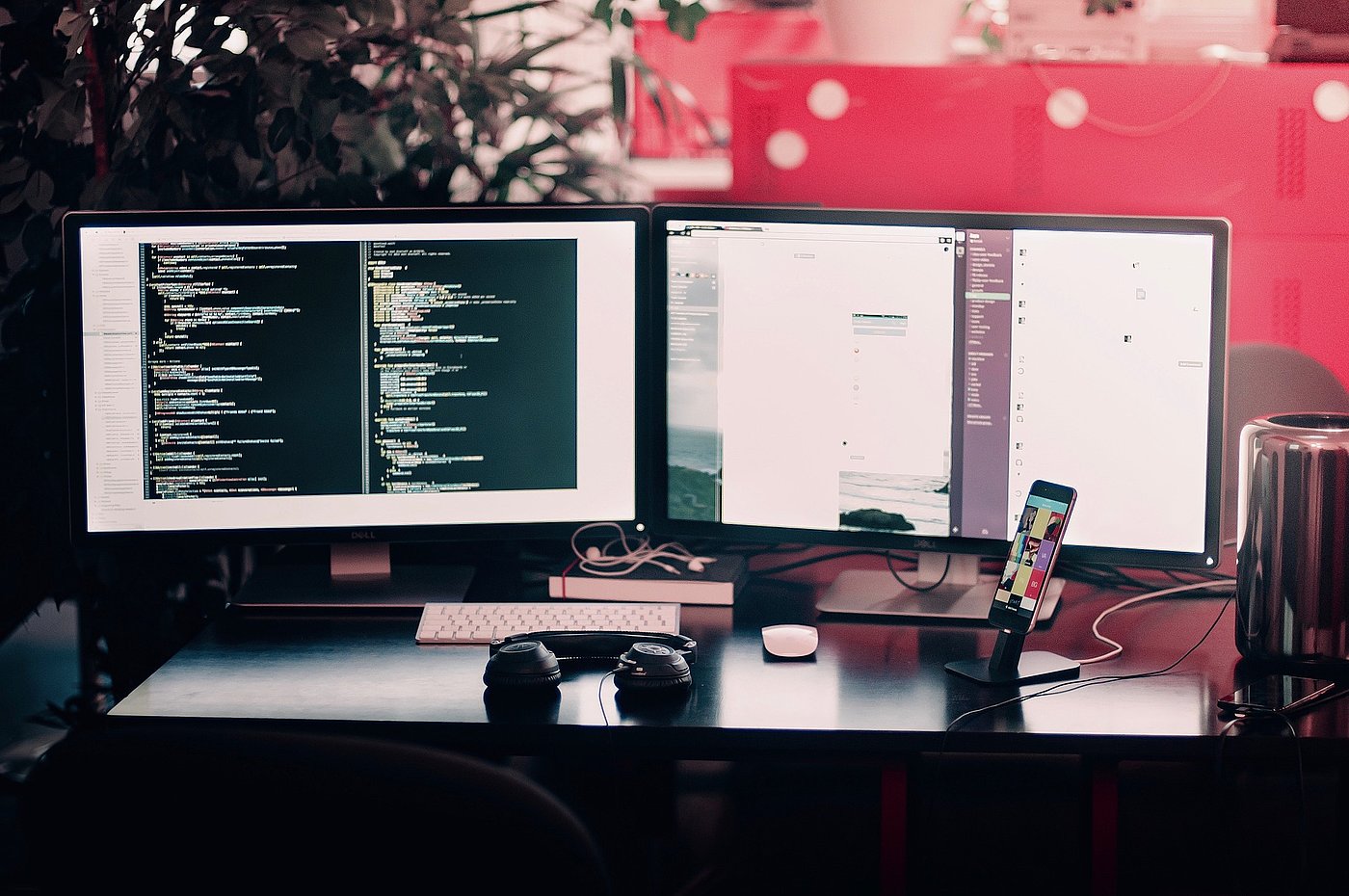Evaluating the market price of a company’s own products and differentiating its pricing strategy are characterized by many far-reaching process steps. This article is intended to help you avoid stumbling blocks, one of the most common mistakes of price observation in e-commerce.
First, the basics: Price monitoring – what is it anyway?
Luckily, the days when employees of retail companies used to visit competitors’ shops to check product prices in every aisle are over now. Indeed, the primary goal of price monitoring is to enable companies to react (relatively) promptly to the price structure of the market and to adjust their pricing strategy.
Through e-commerce, companies today can
- eliminate the need to physically send their employees to different stores,
- access real-time price data using price monitoring software solutions,
- get prices from competitors through smart bots within minutes,
- make strategic decisions based on collected data,
- use dynamic pricing.
In simple terms, price monitoring allows companies to adjust their product prices to market requirements. To sum up in detail, price monitoring allows
- to influence the conversion rate by adjusting prices and thus acquire new customers,
- to steer the purchase decision of a customer and thus increase sales,
- recognize a competitive advantage in time and use it dynamically to optimize margins.
- On the path to market transparency through price observation, pitfalls are lurking that can be avoided.
Price Monitoring Error #1: Do your own scraping
The term “scraping” refers to technologies that extract data from websites for further processing. In price monitoring this can be done in two ways: 1. create a program that is able to search websites for the desired information. Or 2. buy a software solution that can systematically search websites for the desired information.
A self-written program requires knowledge of a programming language and requires a team of employees to ensure the performance, reliability, scalability and flexibility of the software solution. Companies are rarely able putting together a team overnight and quickly establishing the required scraping software. In addition, they often lack the necessary know-how to quickly adapt to new e-commerce technologies, algorithms and trends.
However, far more important, is the fact that setting up such technologies and supporting them as well as maintenance (even at weekends) for qualified skilled workers quickly becomes boring and tedious, resulting in high staff turnover. In comparison, access to an already proven external price monitoring software solution can be set up quickly and is comparatively cheaper at a monthly rate. Furthermore, self-programmed “scraping” solutions can never reach the same level of data quality as a system developed over many years. And scraping on its own is not enough: the data must be structured and evaluated in such a way that it can be understood at all levels of a company and converted for relevant processes.
Price Monitoring Error #2: Do not adjust frequencies correctly
An interval determines the frequency at which the scraping of product data of the respective articles is carried out. Product data can thus be collected frequently or less frequently based on various factors. This can be illustrated well with a simple example.
If a DIY store sells a Bosch hammer 100 times a day and a pink work trousers in size XXL only once a month, it would be fatal to observe both products in the same interval. Clearly, the focus should be on efficiency, which means adjusting frequency at a product level rather than seeking a middle ground for both products or removing the work trousers (to save costs) from price monitoring.
A software solution such as priceintelligence offers the possibility to choose any number of intervals and define them product specific. In our example, the DIY store could crawl the hammer three times a day and the trousers once a month. However, the classification of the products should not simply be based on sales figures. It is also conceivable to define it depending on sales volume (e.g. LCD screen vs. headphones) or season (e.g. for skis, parasols etc.). There are products where price changes several times a day are normal. For other products prices may not change for weeks. All these factors should be considered to ensure optimal, efficient and cost-effective price monitoring.
Price Monitoring Error #3: Use scraping results with time delay
Dynamic pricing or dynamic price management is on everyone’s lips. More and more companies use automated algorithms to adjust prices for products or services. So, product data that your software solution collects for you during the morning may be out of date again in the afternoon, when you process it. Therefore, make sure to adjust the scraping time to the time of your import and export. At best, you should use this data as soon as it is available. Professional tools such as priceintelligence allow you to choose this time individually.
Price Monitoring Error #4: Define competitors insufficiently
Which products are offered at what price? – this is the initial question of every competitive observation. Usually, a well-known electrical retailer does not observe every retailer on the marketplace Ebay, because he benefits from customer trust and company reputation. Determining important and relevant competitors and deciding, what consequences result from analysis findings, are the linchpin of price monitoring. While it is not relevant for one trader to observe retailers with, for example, no customer ratings, it can be important for another retailer. Depending on the chosen market strategy. Therefore, you should take your time to analyze which marketplaces, price comparison portals and merchant shops you would like to include in the competitor monitoring.
Price Monitoring Error #5: Define marketing and pricing strategy only once
To be successful, you first need to determine what is available on the market and how your product portfolio stands out against the competition. The second step then is to define a strategy for pricing and marketing activities. If you now see this as your master plan for all time, you will quickly be left behind by your competitors. A price development oriented on the market and competing (perhaps not existing before) distributors competing for the same business require a dynamic strategy.
Through continuous competition and market monitoring, new competitors can be promptly identified, and new market segments added for further observation. A previously chosen pricing strategy can be quickly adapted to current conditions, such as increased demand for laptops during the pandemic lockdown – and then adapted again once the market is saturated.
Always keep your finger on the pulse, rigid processes require rigid prices. A no-go in e-commerce.
Our reading tip: priceintelligence Whitepaper: Intelligent pricing – key to success
Price Monitoring Error #6: Saving in all the wrong places
With the help of price monitoring systems, processes can be automated and simplified. Product-related data is displayed in a structured way and can be used in own shop systems dynamically or by export and import. But which price monitoring tool is best for your business? The number of providers on that market is large and so are the differences in terms of data quality.
Choosing the cheapest provider leads to a quick disillusionment. The proverb “You get what you pay for!” also applies here. Quality has its price. Many work steps and processes are necessary to maintain data quality – and this is naturally reflected in pricing. Don’t make your choice based on the cheapest rate!
Furthermore, prices may vary when price monitoring is tailored to factors such as number of items, number of countries and/or marketplaces, that are covered and the frequency with which updated data is provided. Selection is not a matter of which is the cheapest system – but rather which one is best suited to your business and best meets your functional requirements.
Price monitoring Error #7: Monitoring prices only
Many online retailers in B2C as well as in B2B already make active use of the benefit of price transparency and implement price changes and adjustments dynamically based on supply and demand. Those who only look at prices in comparison portals and always undercut their competitors are wasting margin.
Keep an eye on delivery times and inventory of your competitors as well! Because those who can score points with shorter delivery times and a higher stock level with customers will have more leverage in the long term. If you can deliver goods while your competitor is out of stock, you don’t have to be the cheapest retailer to generate sales.
Do not waste margin in such cases! Price monitoring tools offer an optimal, automatically implemented pricing along a well-developed and individually tailored pricing strategy.
Our reading tip: priceintelligence Whitepaper: Intelligent pricing – key to success
Summary: The 7 biggest errors in price monitoring are avoidable
With a veritable flood of articles, there is little time to individually price the list of products in order to fill relevant marketplaces in B2B or B2C e-commerce. Price monitoring tools offer automated data collection and price adjustment based on market circumstances. However, if companies rely on a tool with low data quality, insufficient scraping frequencies or intervals, this can lead to lost sales and low conversion rates, just like an inadequate pricing strategy. But if you know the right methods and approaches in price monitoring and use the right tool, it is not that difficult to avoid the 7 most common price monitoring mistakes. You have questions, or know of other common price monitoring errors that are not covered in this list? We are looking forward to hearing from you.


